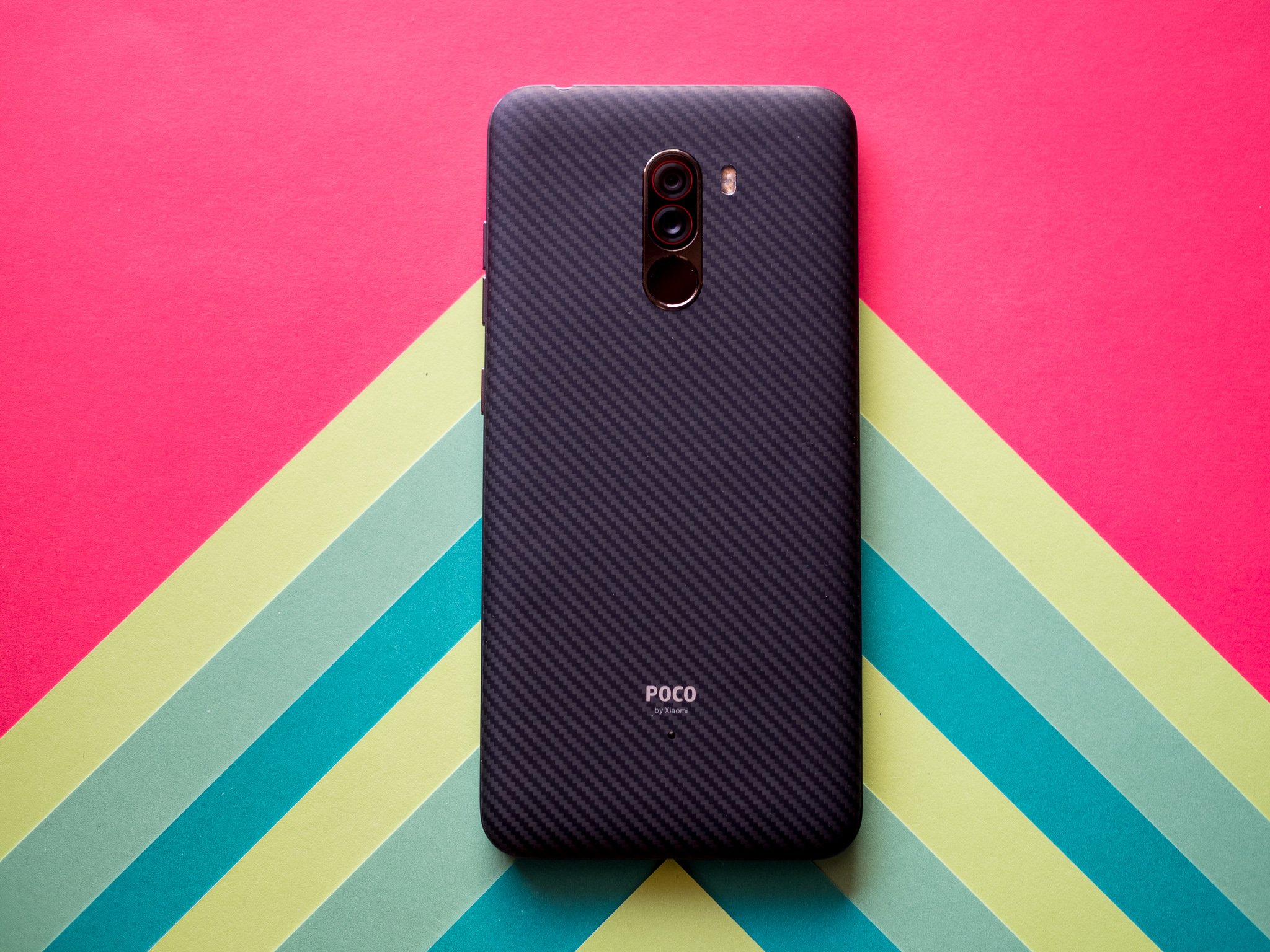Android Central Verdict
Bottom line: A year and a half after its debut, the POCO F1 continues to be a great product. The hardware still has a lot of grunt left, the battery easily lasts a day, and MIUI 11 brings a host of new features on the software front. The design hasn't held up quite as well, but the polycarbonate chassis has proved itself to be quite durable.
Pros
- +
Hardware is still great
- +
Incredible value
- +
3.5mm jack
- +
Oustanding battery life
- +
Durable design
Cons
- -
Still on Android 9.0 Pie
- -
Wide cutout is distracting
Why you can trust Android Central
I'm incredibly priveleged to be able to use the latest and greatest phones, but the frenetic pace of the industy means there isn't a lot of time for reflection. Thankfully, there's a lull in the launch cycle before the inevitable flood kicks off next month at Mobile World Congress, so I decided to go through all the phones I've accumulated over the last two years and revisit a few standouts.
The obvious starting point is the POCO F1. Xiaomi's sub-brand left an indelible mark in the smarthone industry in 2018, and while the hardware spoke for itself, what stood out was the fact that Xiaomi pulled off such a feat in the first place. In this age of endless leaks and teasers, Xiaomi was able to prevent any details from becoming public knowledge ahead of the launch of the POCO F1, which made the unveil that much more exciting.
The brainchild of Jai Mani and a select team of hardware engineers working out of Xiaomi's Beijing headquarters, the POCO F1 was catered to power users from the very beginning. The enticing hardware combined with the attractive price point made it an immediate hit, and to this day Xiaomi is seeing decent sales figures.
Here's how the POCO F1 is doing in 2020.
POCO F1 What's still great
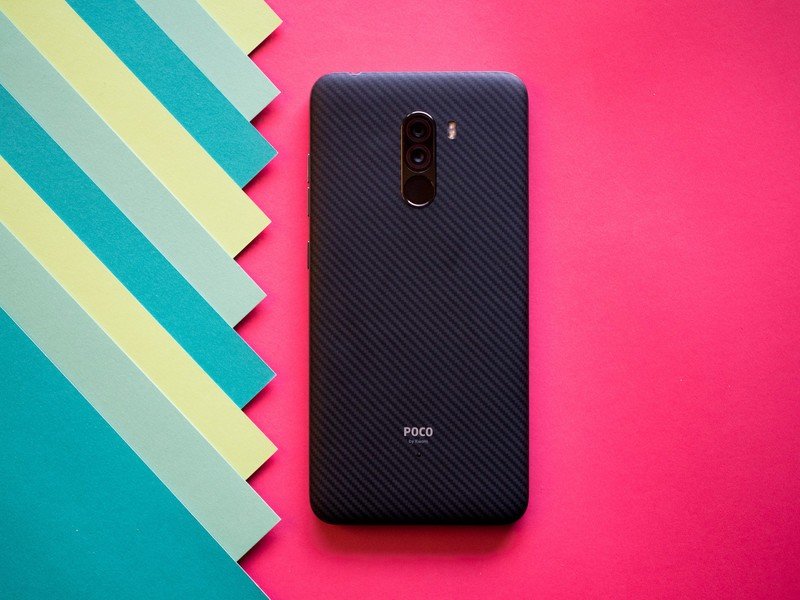
Every time I pick up the POCO F1, I have to remind myself that it costs just $350. Yes, the phone has a polycarbonate back, but it works in its favor. The design ensures it is rugged than the usual metal-and-glass chassis that we're used to in this category, and the Armored Edition that I'm using has weathered several tumbles over the last 18 months without any issues.
The Snapdragon 845 chipset still has a lot to offer in 2020, and the polycarbonate back turned out to be quite durable.
Also, the kevlar finish with the textured pattern at the back offers excellent grip and makes it harder for smudges to show up. The in-hand feel is particularly great, and I haven't realized just how big phones have gotten over the last 18 months until I went back to the POCO F1. The design may not be the most modern anymore, but it is durable and I didn't have to use a case because of the plastic back.
The design itself may not be to everyone's tastes, but I like the kevlar version. It is simlistic when seen against the designs we have in the market now, but I'd rather have a phone with great internal hardware and boring design than the other way around.
Get the latest news from Android Central, your trusted companion in the world of Android
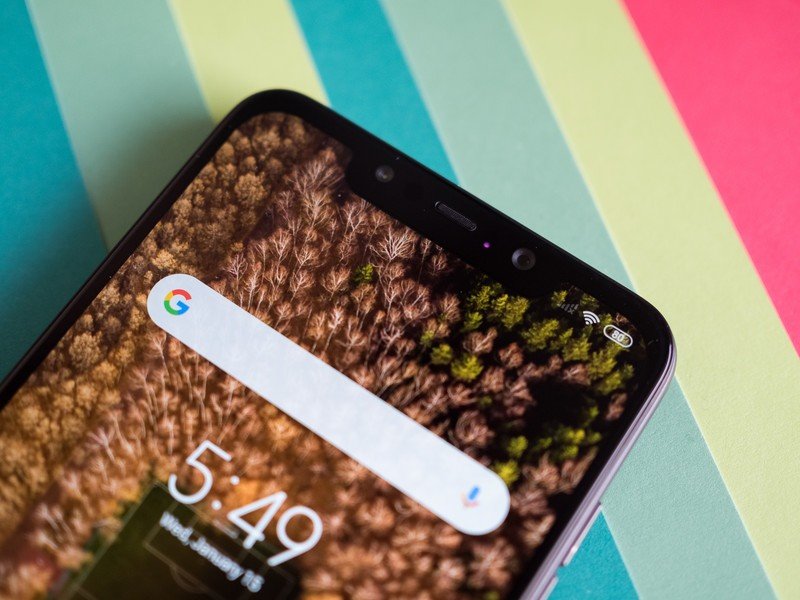
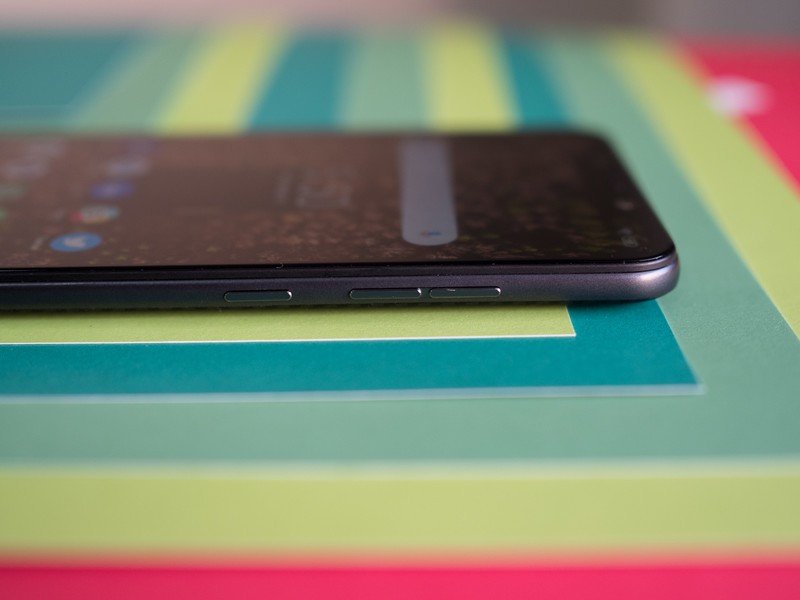
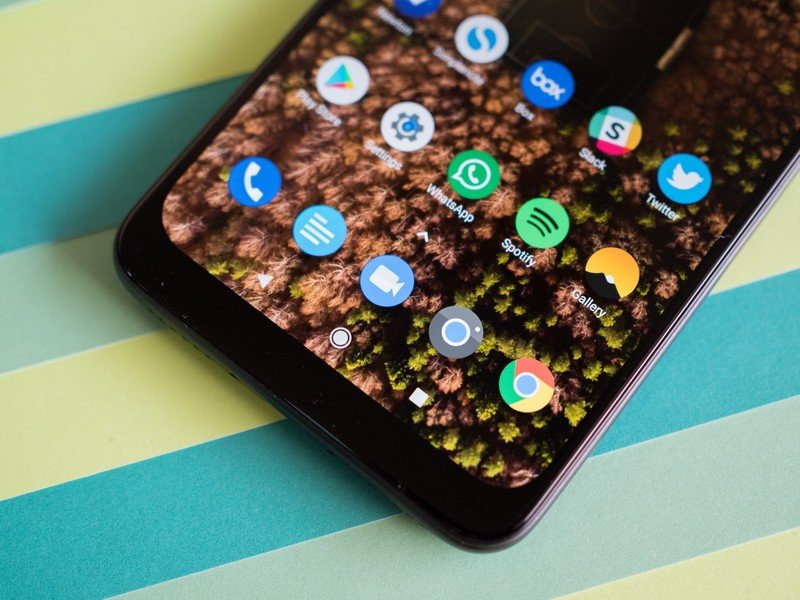
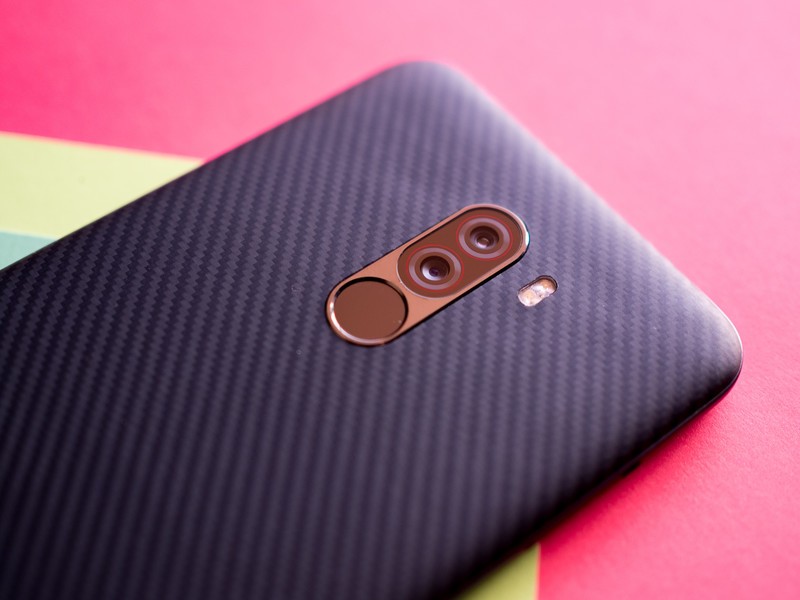
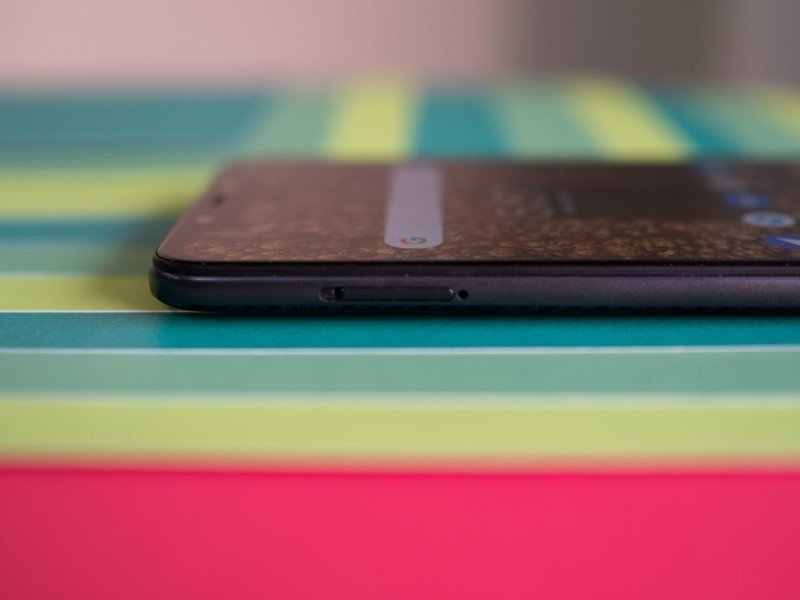
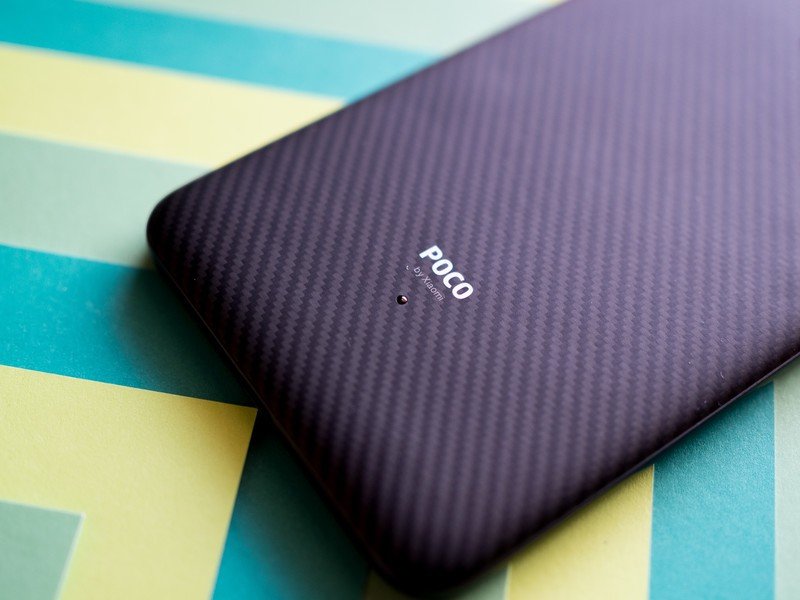

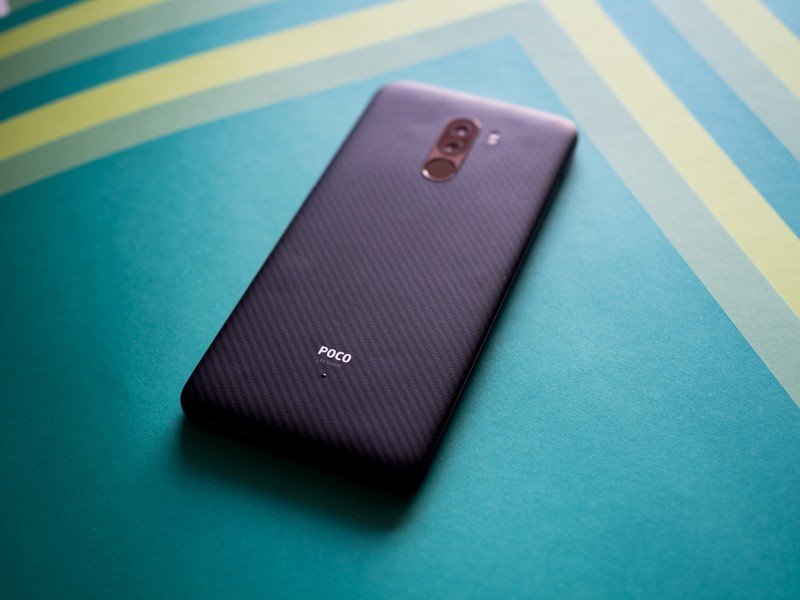
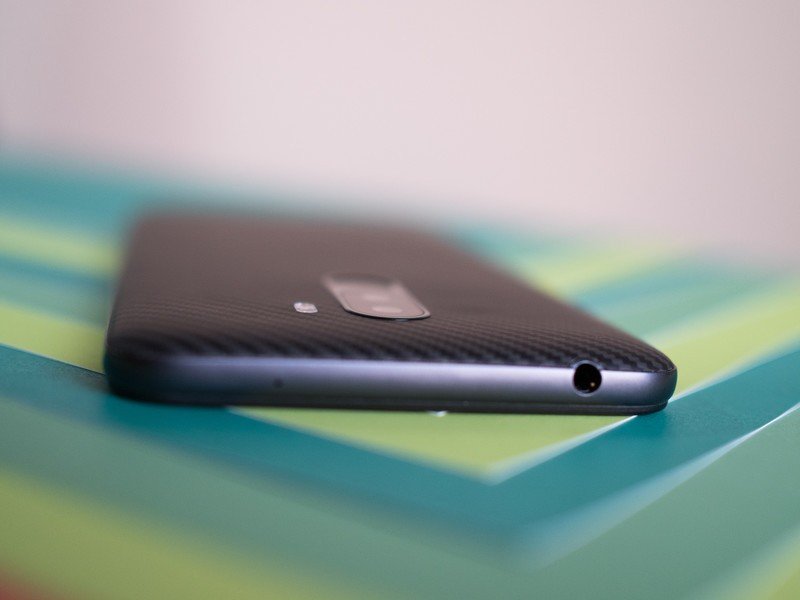
I use over 30 phones over the course of a year, and it isn't feasible for me to test a phone long-term. That's why I did the next best thing and got a POCO F1 for my dad. He retired a few years ago and constantly travels now — often to remote locations — so he's the ideal candidate to test features like battery longevity and cellular connectivity on the road.
There have been barely any issues in the year that my dad has used the POCO F1. He gets pretty vocal about any software shortcomings, and barring the odd glitch with MIUI not being able to stay connected to the Gear Fit and ambient brightness issues, it has been smooth sailing. These issues were resolved with software updates, and in general the POCO F1 has proved itself to be a reliable workhorse. At the end of the day, that's what you want from a phone.
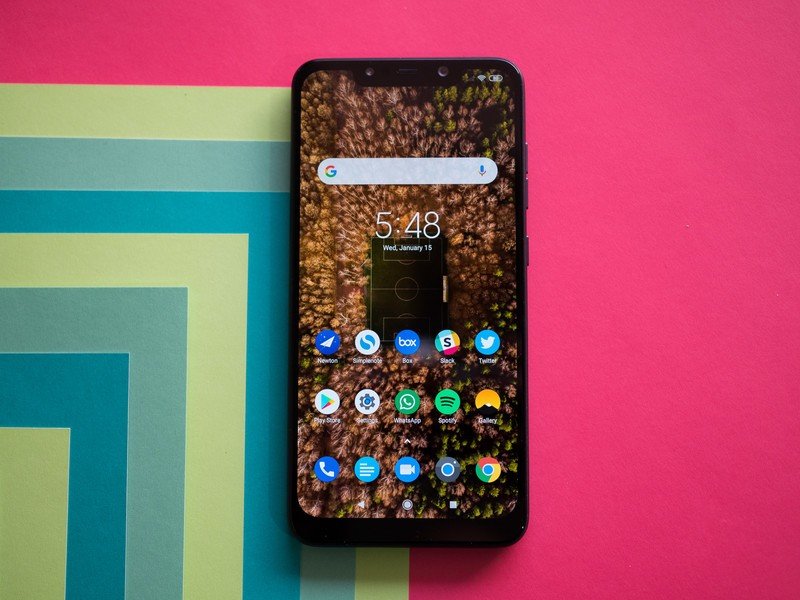
Continuing on the hardware theme, the POCO F1 continues to be incredibly fast in everyday tasks. Everything from browsing to scrolling posts on Instagram, playing a few rounds of PUBG, and streaming songs and videos was hassle-free, and even to this day the POCO F1 feels faster than most phones in this category. That goes to show just how robust and commoditized hardware has become over the last three years, and further reinforces the belief that you don't need to upgrade your phone every year.
Of course, the POCO F1 has a custom launcher with an app drawer and other additions, and it feels better optimized for the hardware than most Xiaomi phones. The Snapdragon 845 chipset still has a lot to offer in 2020, and I haven't noticed any slowdowns in the few days I switched back to the POCO F1. It's also great that the base version of the phone comes with 6GB of RAM and 128GB of storage, and the fact that you can now get that model for just ₹14,999 ($210) is incredible.
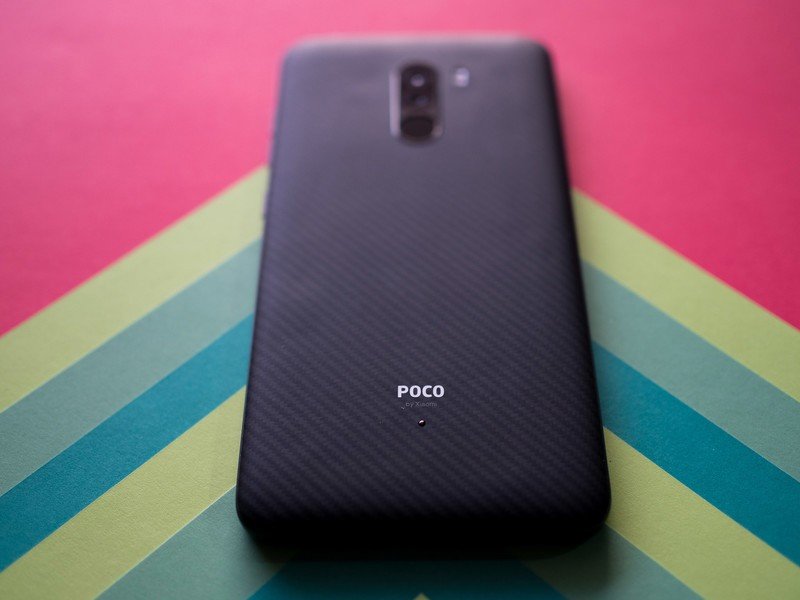
Another area where the POCO F1 continues to do well is battery life. The phone still delivers a day's worth of use from the 4000mAh battery, and the fact that there's 18W fast charging makes it easier to charge it up whenever it's running low.
POCO's decision to over-engineer the phone worked in its favor here, because from a hardware point of view, there really isn't anything lacking on the POCO F1. Were it not for the fact that the phone wouldn't receive any further platform updates, I wouldn't have any qualms recommending the device in 2020.
POCO F1 What's not great
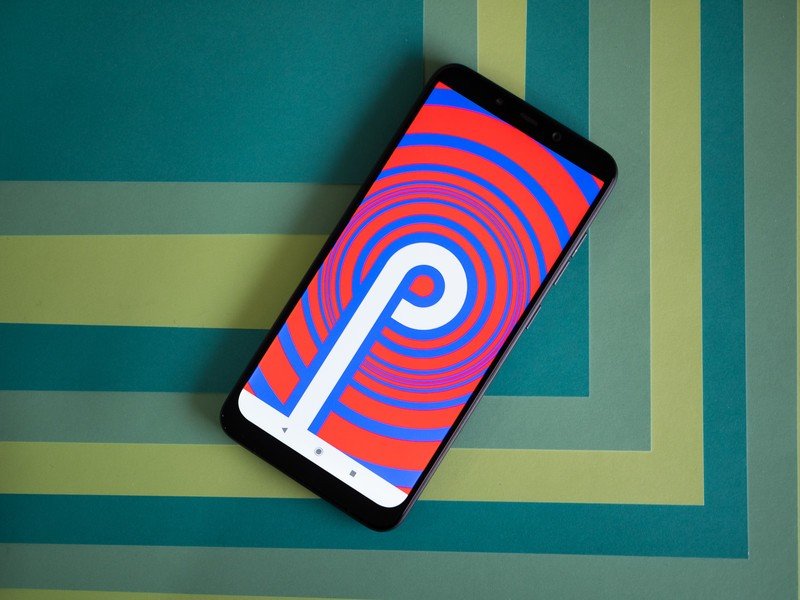
The wide cutout at the front immediately calls out the fact that the POCO F1 was launched in 2018. The notch was thedefining trend that year, and I'm glad that particular feature only lasted one generation. The smaller waterdrop cutout that we have now is much more elegant, and far less distracting.
The POCO F1 picked up the MIUI 11 update, but underneath it's still on Android 9.0 Pie.
But my main issue with the POCO F1 in 2020 is the update situation. The phone received the MIUI 11 update at the end of 2019, bringing a ton of new features and visual tweaks. However, the phone is still on Android 9.0 Pie, and there's no indication as to when (or if) it will be updated to Android 10. This tactic isn't new to Xiaomi; for years now, the brand has made it a priority to roll out new versions of MIUI to devices without updating the underlying Android version.
It is great to see the POCO F1 picking up MIUI updates, but the fact that it may not get even two platform updates is a letdown.
POCO F1 What's next for POCO in 2020?

While the POCO F1 continues to be a great phone to this day, the brand had a quiet 2019. Jai Mani left Xiaomi to go back to the U.S., and the brand is now under Alvin Tse. I was waiting to see what Xiaomi would deliver with the POCO F2, but that didn't materialize.
It now looks like we will get a POCO F2 after all, with Xiaomi set to introduce the phone sometime later this year. The timing works out pretty well for Xiaomi as it allows the brand to position the F2 as an ovious upgrade path for POCO F1 owners that are looking to make the switch to a new phone in 2020.
It will be interesting to see the direction POCO takes here, because the F1 is a hard act to follow. The comination of hardware along with the sheer affordability endeared a lot of customers to the POCO brand — particularly in India — but we've seen a slate of partiuclarly great devices roll out over the last 18 months. Xiaomi needs to come up with something truly groundbreaking for the POCO F2 to stand out in this category in 2020.
4 out of 5
If you're looking for a great deal on a phone, the POCO F1 is still available for just ₹14,999. Yes, the phone is nearly two years old and is unlikely to receive further platform updates, but the hardware you're getting here is pretty incredible.
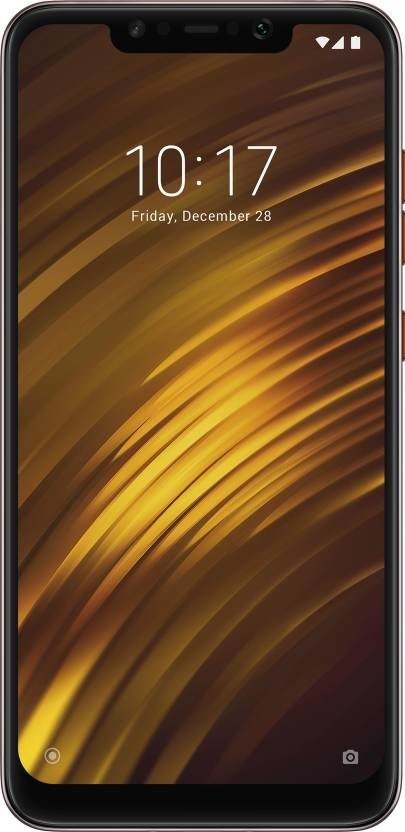
Robust hardware that's still going strong in 2020.
A year and a half after its debut, the POCO F1 continues to be a great product. The hardware still has a lot of grunt left, the battery easily lasts a day, and MIUI 11 brings a host of new features on the software front. The design hasn't held up quite as well, but the polycarbonate chassis has proved itself to be quite durable.

Harish Jonnalagadda is Android Central's Senior Editor overseeing mobile coverage. In his current role, he leads the site's coverage of Chinese phone brands, networking products, and AV gear. He has been testing phones for over a decade, and has extensive experience in mobile hardware and the global semiconductor industry. Contact him on Twitter at @chunkynerd.
